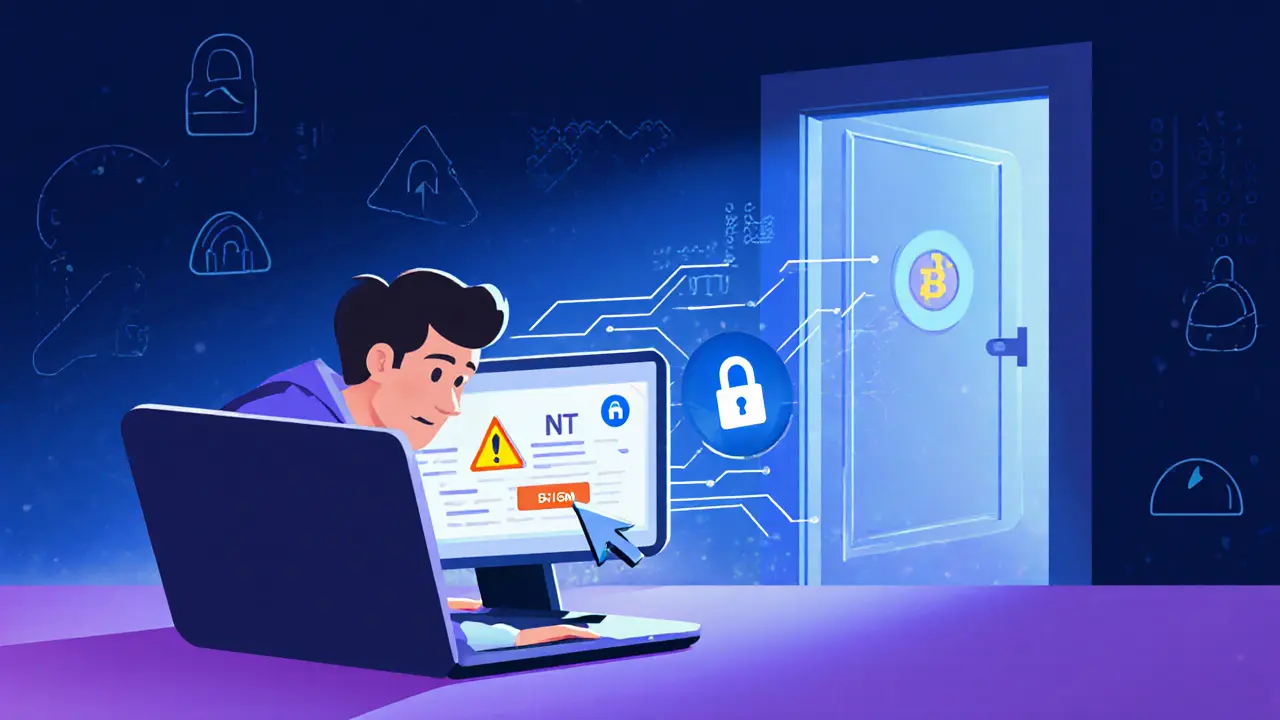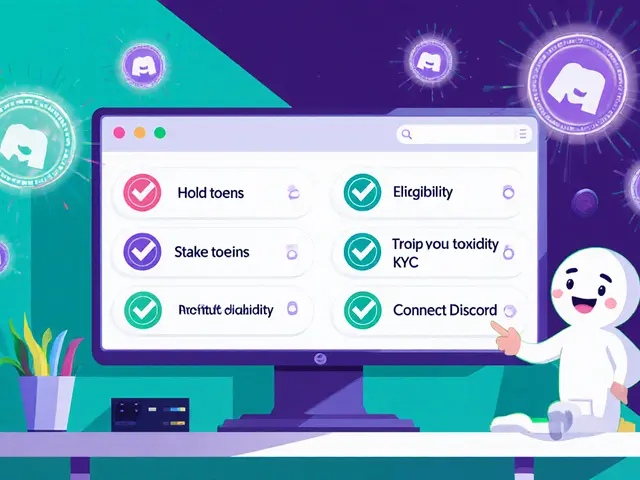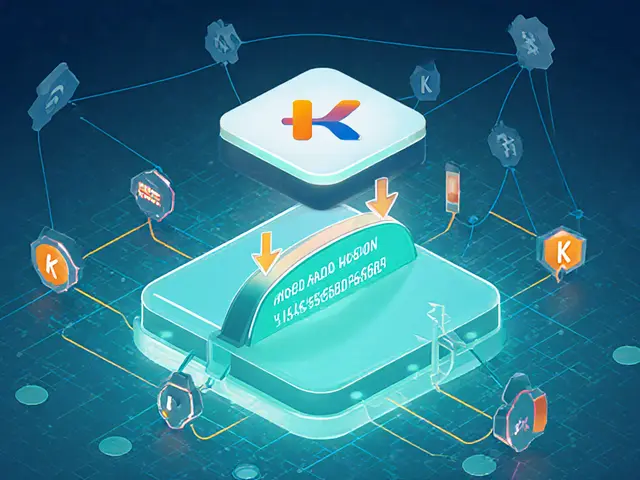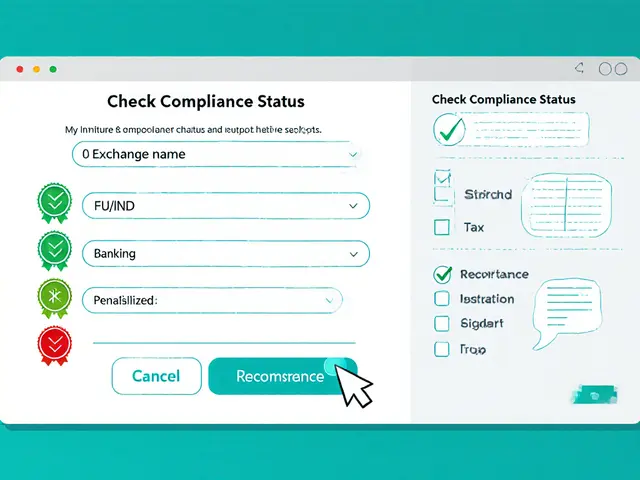Blockchain Safety: Protecting Your Crypto Activities
When working with blockchain safety, the practice of keeping blockchain systems, assets, and users free from hacks, fraud, and operational mistakes. Also known as crypto security, it covers everything from code audits to regulatory compliance. A core component of blockchain safety is Merkle trees, hash‑based structures that let you verify data integrity without exposing the whole dataset, which boost verification speed and reduce attack surfaces. Another pillar is crypto regulations, government rules that shape how projects must secure user funds and disclose risks. Together, these elements create a layered defense: Merkle trees enable secure proofs, regulations enforce best‑practice standards, and both feed into the broader goal of safeguarding digital value.
Beyond the technical side, real‑world security often hinges on the platforms you trust. Exchange security, the set of measures exchanges use to protect deposits, withdraws, and trading data determines whether your coins stay safe when you move them off‑chain. Look for multi‑factor authentication, cold‑wallet storage, and transparent audit trails—features that many of the posts listed below evaluate. Airdrop safety is another frequent concern; scammers disguise malicious links as token giveaways, so verifying contract addresses and using reputable claim portals is essential. Understanding how token economics, distribution rules, and smart‑contract audits intersect with blockchain safety helps you spot fake offers before they cost you.
Finally, the regulatory landscape influences how quickly new security tools can be adopted. Countries like Malta offer clear licensing paths that encourage rigorous security audits, while stricter jurisdictions such as China impose outright bans, pushing projects to double down on internal safeguards. By staying aware of these shifts, you can align your strategies with both technical safeguards and legal requirements. Below you’ll find a curated collection of guides, reviews, and analyses that dive deep into airdrop verification, exchange risk assessment, Merkle proof construction, and the latest crypto‑regulation updates—all designed to give you practical, actionable insight for a safer blockchain experience.
A practical guide covering wallet choices, marketplace safeguards, contract audits, permission management, and future trends to keep your NFT trades safe in 2025.



 Finance
Finance




